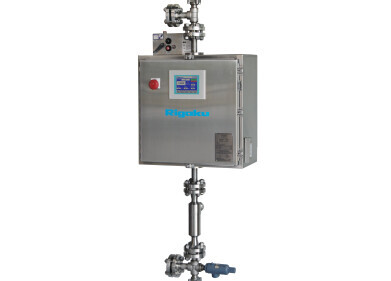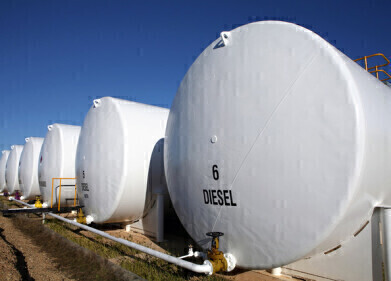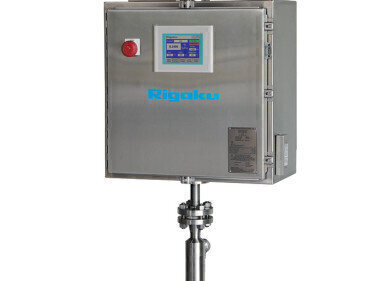Sulphur Analysis
What Instruments Are Used in Sulphur Analysis?
Nov 13 2021
Sulphur is one of the most abundant chemical elements found in crude oil, with a variety of different compounds containing the substance. While sulphur is a naturally occurring element, when burned it releases toxic sulphur oxides and sulphate particulate matter into the atmosphere. As well as posing a threat to the health of communities and environments, these emissions can compromise the efficacy of catalysts used during the refining process and damage engines via corrosion. This makes sulphur analysis fundamental to the oil and gas industry.
Detecting and quantifying sulphur levels in crude oil
A variety of methods have been developed to detect and quantify sulphur levels in crude oil. Some are designed to identify raw sulphur while others are used to detect sulphur-containing compounds. These methods are used not only during downstream refining processes, but also for yield optimisation, exploration, environmental compliance and upstream geochemical research.
Several industry-leading organisations publish standards on best-practice sulphur analysis, including the International Organisation for Standardisation (ISO), American Society for Testing and Materials (ASTM), Environmental Protection Agency (EPA) and the Energy Institute (IE).
Read on to find out more about the different analytical techniques and instruments used to detect and quantify sulphur in crude oil.
Combustion chambers
Combustion is one of the most commonly used methods to determine sulphur content in crude oil. Samples are funelled into a chamber and combusted with oxygen to create sulphur dioxide. This is then collected, with techniques such as ultraviolet fluorescence, titration, microcoulometry and non-dispersive infrared used to measure concentrations.
Hydrogenolysis
Hydrogenolysis is a useful technique for measuring very low concentrations of sulphur in petroleum products. Hydrogenators are used to carry out the method.
Rateometric colorimetry
Rateometric colorimetry is another widely used technique for detecting and quantifying very low concentrations of sulphur in crude oil.
X-ray fluorescence (XRF) spectroscopy
X-ray fluorescence (XRF) spectroscopy is the technique of choice for a variety of gold-standard sulphur detection methods, including ASTM D2622 wavelength dispersive XRF (WDXRF) and ASTM D4294 energy dispersive XRF (EDXRF). ASTM D5453 is an effective method for analysing low sulphur fuels such as gasoline and diesel, with accuracy of around 1ppm.
Inductively coupled plasma/atomic emission spectroscopy
For heavy petroleum fractions, inductively coupled plasma and atomic emission spectrometers are a good way to measure total sulphur content. Specialised instruments such as Inductively Coupled Plasma-Atomic Emission Spectrometers (ICP-AES) are critical to this technique. Flame atomic absorption spectrometry is another widely used technique for these types of samples.
Want to know more about sulphur in fuels? Discover concepts like sweet and sour, light and heavy, TAN and more in 'A Complete Guide to Sulphur in Fuel'.
Digital Edition
PIN 25.3 June/July
June 2024
Analytical Instrumentation - Recent Advances In Various Bench Scale Accelerated Oxidative Testing Methods For Fuels - Petrochemical Industry: Anton Paar Solutions Streamline Processes, Reduce H...
View all digital editions
Events
Jul 30 2024 Jakarta, Indonesia
Jul 30 2024 Jakarta, Indonesia
China Energy Summit & Exhibition
Jul 31 2024 Beijing, China
Jul 31 2024 Chengdu, China
Aug 05 2024 Moon Township, PA, USA




_small.jpg)














